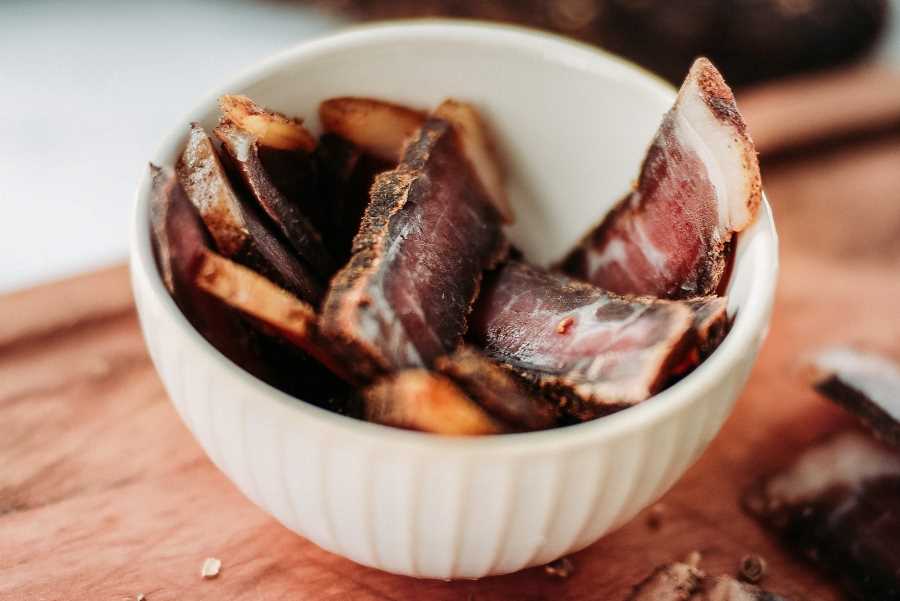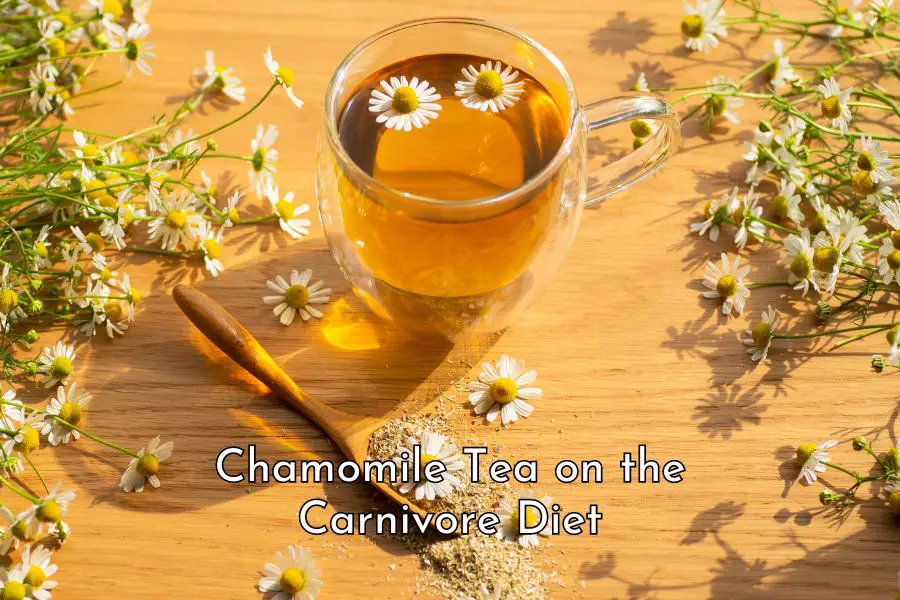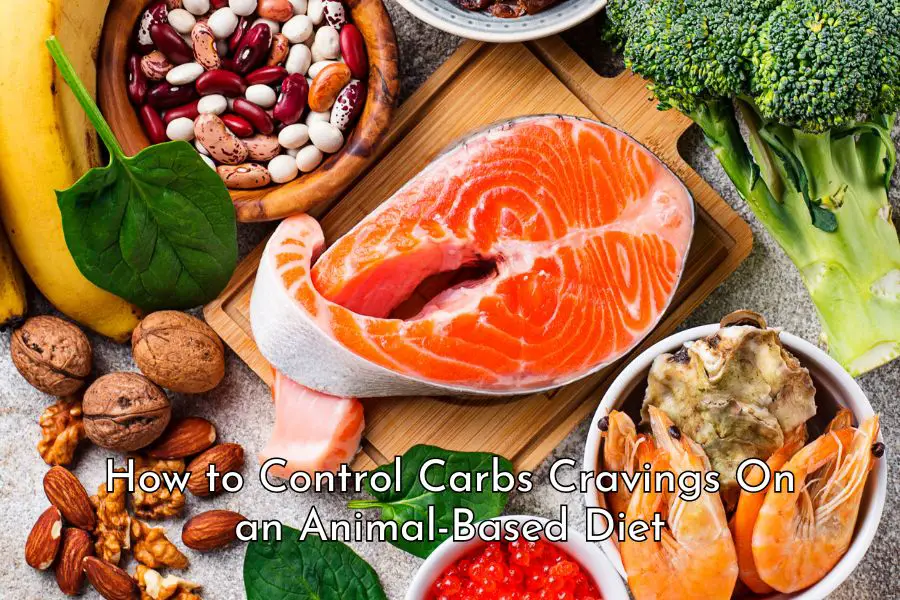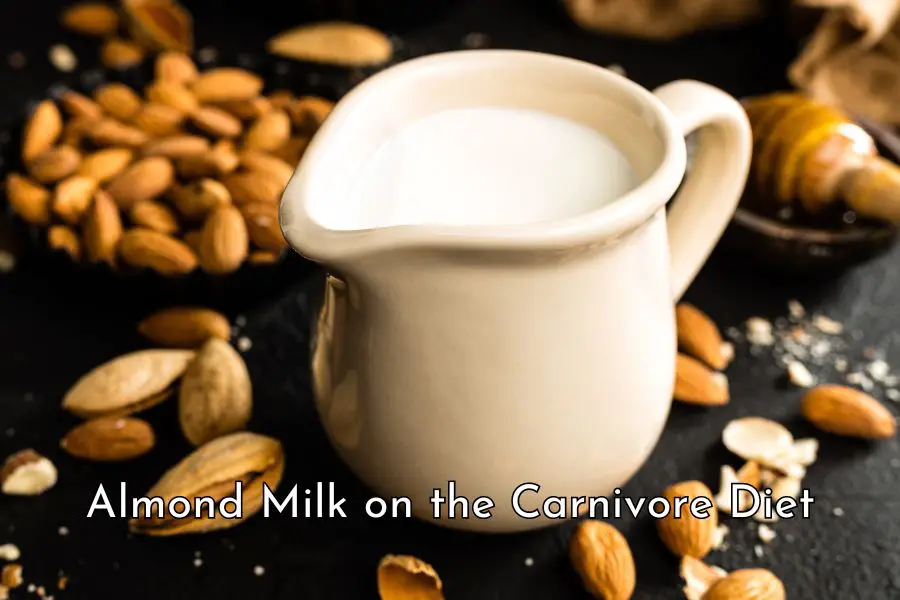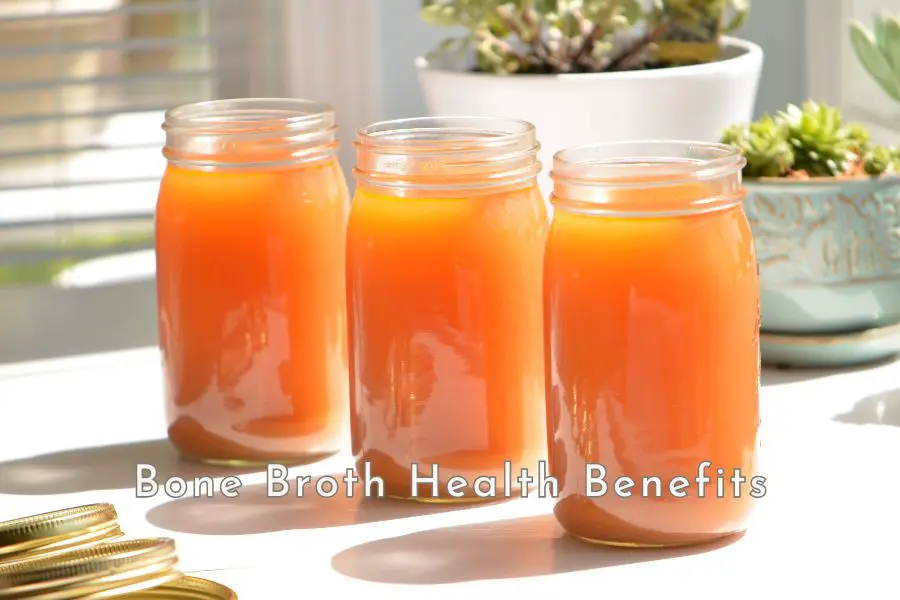Below is a list of 18 healthy and delicious carnivore snacks and a few less healthy ones but you still can enjoy them occasionally if you wish.
Healthy and delicious carnivore diet snacks
1. Liver pate
Liver is the most potent superfood nature ever produces and the real superhero of the carnivore diet.
Liver is loaded with so many essential nutrients. It is especially rich in vitamin A and B12 and high in riboflavin (B2), niacin (B3), pantothenic acid (B5), B6, and folate. Liver is also a good source of copper, selenium, phosphorous, zinc and iron.
I love beef liver and feel good eating it. I would eat a couple of slices on most days and usually enjoy it just lightly cooked.
However, I also make liver pate for my children and would have a couple of tablespoons with my meal if I run out of fresh liver.
Liver pate definitely tastes better than liver crisps (listed below) because of its high-fat content.
It also doesn’t have the pungent taste of fresh liver so it’s a great way to add liver to your diet if you are new to organ meat.
Liver pate freezes well so you can make a big batch, store it in a few glass jars, and freeze it for later use.
If you want to take it with you and eat it as a snack during the day, just put a couple of tablespoons in a small jar and store it in a chilled bag.
2. Crisp fat chips
If you haven’t had crisp fat chips before, you must try them. They are very easy to make and taste amazing. They also cost very little compared to jerky and biltong.
To make crisp fat chips, slice the fat into small bite-sized pieces, heat a thick bottom frying pan on high, and fry them till golden brown and crispy. You can add a bit of sea salt if you like but they are just delicious as is.
You can also cook them in an air fryer if you like.
For more detailed instructions, please check out this post.
This is a great way to add more fat to your carnivore diet if you think you need to increase your fat intake.
The best type of fat to make crisp fat chips is ruminant fat. You can get beef fat trimmings or suet from the butchers at throwaway prices.
But if you happen to find pastured-raised pork and chicken or wild games, their fat and skins are great too. I have only eaten wild pig meat once and found its flavor much more intense and richer than conventional pork.
3. Liver crisp
I think liver should be eaten fresh or just lightly cooked.
But if you find it difficult to eat liver straight, try liver crisps to see if you like it more that way.
You can buy liver crisps easily these days but maybe try to make it yourself rather than ordering a big box while not knowing whether you’ll like it or not.
To make carnivore liver crisps, slice the beef liver into thin strips, sprinkle a bit of sea salt and put them in the oven at the lowest setting for about three hours and turn them halfway through. You can also use a food dehydrator which will take about 8 hours.
You can experiment with seasonings too if you can tolerate plant food, they will greatly enhance the flavors.
If you enjoy and make liver crisps yourself, they are nutritious and convenient carnivore snacks and very cheap too.
An alternative to liver crisps is liver strips or liver sticks that you can easily make yourself on a stovetop. They are great to take along when traveling and may suit people who can’t eat freshly cooked liver.
I usually can buy liver at a third of the price of average steak and I suspect many of you can too.
So, enjoy them while you can before the rest of the world wakes up and discovers that liver is the real superfood, not kale, berries, and pomegranate.
4. Carnivore bar
I recently discovered these carnivore bars (no affiliate) which have just three ingredients: beef, tallow, and salt. They also contain no preservatives or fillers.
One bar has about 400 calories with 17 grams of protein and 37 grams of fat.
The high-fat content makes you feel full for longer and the near 2:1 fat to protein ratio helps you stay in deep ketosis.
Because of their fat content, they also taste a lot better than beef jerky in my opinion.
They are probably one of the best snacks or meal replacement products that you can find on the market.
There are other similar products available that you can buy but please read the label carefully.
I definitely would avoid anything with preservatives, artificial flavors, and vegetable oils. As to seasonings, the less the better.
5. Meatballs
Meatballs can be another healthy snack.
You can make them from any ruminant ground meat you like. You can also add a small amount of minced liver to make it more nutritious.
Because they freeze well, if you enjoy them, make a big batch and freeze them for later.
If you want to pack them to eat on the go, heat a few up in the microwave then wrap them in a few layers of foil, they’ll taste much nicer than cold meatballs.
6. Cheese sticks
Cheese sticks or cheese cubes are great snacks if you can tolerate dairy.
Cheese is a great source of calcium and contains a high amount of a number of essential vitamins and minerals such as vitamin A, vitamin B2, vitamin B6, vitamin B12, phosphorous, zinc, and selenium.
Cheese is also a good source of vitamin K2. The other good source of vitamin K2 is, you guessed it, liver. So, if you don’t eat liver, try to add cheese every now and then for vitamin K2.
If you like cheese, get the real cheese. Don’t buy the processed cheese sticks but buy good quality aged cheese. A longer aging time is better because it gives the cheese a sharper flavor. The bacteria also have more time to break down the lactose in milk and help you digest it better.
Simply cut the cheese into small sticks or cubes and store it in a small container as a convenient snack.
I’ve written a post about whether cheese is okay on the carnivore diet, please check it out if you are interested.
7. Parmesan-crumbed lamb brains
Brains offer a wide range of essential vitamins and minerals. In addition, they are especially rich in omega 3 fatty acids.
You can make parmesan-crumbed lamb brains following this recipe.
They are like chicken nuggets but definitely more nutritious.
They can be a breakfast or a side dish as well as a nutritious snack that is 100% carnivore.
8. Boiled eggs
Eggs are truly a super whole food. They are a good source of complete proteins and also a good source of many essential nutrients including many vitamins (A, D, E, K, folate, B12, choline), minerals (calcium, zinc, iron, copper, magnesium, phosphorous, and selenium), and omega 3 fatty acids.
Boiled eggs are nutritious, cheap, and convenient carnivore snacks.
I find that soft-boiled eggs taste much better than hard-boiled eggs and you can also preserve the nutrients in the egg yolk better that way.
However, soft-boiled eggs are not easy to eat on the go so perhaps aim for medium-boiled eggs if you want to pack them as snacks.
Here is the instruction on how to make perfect boiled eggs every time.
9. Pickled eggs
If you can tolerate a bit of herb and spices, pickled eggs are tasty, cheap, and nutritious snacks.
Simply put the boiled and peeled eggs in a pot with water, vinegar, and some spices, bring to a boil then cool and store in a jar for a few days in the fridge.
Here is a detailed instruction on how to make pickled eggs.
10. Beef jerky
Beef jerky is a very nutritious carnivore snack.
The only problem is store-bought jerky can contain a lot of additives that you may not want to be in your food.
For example, below are the ingredients of a “premium” beef jerky brand:
Beef, soy sauce (water, sugar, salt, hydrolyzed corn and soy protein, caramel color, natural flavor, cultured dextrose, lactic acid, green tea extract, mustard oil), sugar, worcestershire sauce (distilled white vinegar, molasses, sugar, water, salt, onions, anchovies, garlic, cloves, tamarind extract, natural flavorings, chili pepper extract), horseradish (horseradish roots, vinegar, salt and mustard oil), liquid smoke (water, natural hickory smoke flavor, vinegar, molasses, caramel color and salt), less than 2%: cultured celery powder, sea salt, black pepper, red pepper. Contains soy and anchovies.
I don’t know about you but I definitely don’t want to eat this premium beef jerky.
If you can find beef jerky that is made from only beef and sea salt, great, otherwise, I suggest learning to make your own beef jerky. Even if you add some seasonings, you can control what goes in your beef jerky.
Here is a simple way to make beef jerky:
- Get some lean beef, slice it thinly, and marinate with just sea salt or any seasonings you like and can tolerate. Keep it refrigerated for at least 2 hours, preferably overnight
- Dry the beef slices with paper towel and put them on a wire rack on top of a baking tray
- Bake them at 175 degrees F (80o C) for 3 to 4 hours till dry to the touch.
11. Shredded beef
Shredded beef is softer than beef jerky. It is cooked in bone broth so has a bit more flavor.
If you want some exercise, you can use mortar and pestle and pound till the beef texture become fibrous and you’ll end up with cotton beef which is very nice too.
If you are lazy, you can use a blender to shred it to how you like it and end up with a delicious jerky chew.
My mother used to make it for us when we were little and I generally like it more than beef jerky.
Here is the shredded beef recipe, you just need beef, fish sauce, bone broth, and seasonings.
You can also make shredded pork and chicken too if you are on a budget. Though pork and chicken are suboptimal meat on the carnivore diet, these recipes call for lean pork and chicken so there is very little polyunsaturated fat in these snacks.
12. Biltong
Biltong is a dried cured meat of South African origin. It is different from jerky in that it is dry-cured rather than baked.
Biltong is very tasty and nutritious but check the ingredient list carefully and make sure you can handle all the spices listed on the packaging.
One potential problem is food manufacturers are not required to list every single ingredient they use so you are still not sure what else might be in the biltong you buy.
If you start the carnivore diet to fix some health issues or as an elimination diet to identify troublesome food, you’d be better off making your own snacks so you know exactly what goes in your food.
14. Raw yogurt
Raw yogurt is another healthy snack though may be hard to find.
If you have access to raw milk, you can make it at home easily.
If you have a yogurt maker, just follow its instruction, otherwise, you can make it easily with just an oven.
This is how I make my yogurt using an oven:
- Leave the milk on the kitchen bench for about an hour before making to bring it to room temperature. Many yogurt recipes call for heating the milk up before making but if you are making raw yogurt, I think heating up will defeat the purpose
- Pour the milk into a bowl and add plain Greek yogurt as a starter. The general ratio is 3 tbs of plain yogurt per 1 liter or 1 quart of milk. If you would like to have a thicker yogurt, you can add a couple of tablespoons of milk power too. Stir to combine
- Pour the milk mixture into clean sterilized jars
- Set the oven to the lowest setting and with my oven, this happens to reach about 48 degrees and I find this is perfect for yogurt making. Place the jars in the oven and leave it for 12 hours. If the lowest setting of your oven gives a higher temperature, you can heat it up to 170 degrees F for an hour before putting the jars in, then turn off the oven but leave the oven light on.
I don’t eat yogurt but often make 3 litters at a time for my children. If this is the first time you make yogurt, try a small batch until you get it right.
A good thing about making yogurt at home is you can make 24-hour yogurt which has very little lactose left but a lot more beneficial bacteria. A cup of 24-hour yogurt is estimated to have 50 times more probiotics than a probiotic capsule.
14. Smoked salmon
If you can afford wild-caught smoked salmon, it is a very tasty and healthy carnivore snack.
I used to love smoked salmon but I’ve stopped eating farmed smoked salmon since I learned that in addition to antibiotics, vaccine injections, and a poor diet, farmers feed salmons dye to make their flesh pink to appeal to consumers.
Wild-caught smoked salmon costs over $100 per kg and I don’t think it’s worth the money.
15. Cubed butter
Cube some butter, put it in a container, and store it in a chill bag and you’ll have a cheap, tasty, and healthy snack.
Butter is a good source of vitamin A and vitamin E. It is also a good source of conjugated linoleic acid which has been shown to offer some health benefits.
Try to get organic grass-fed unsalted butter, it’s not that expensive compared to many non-carnivore snack options.
16. Canned seafood
Canned seafood can be healthy, cheap, and convenient carnivore snacks too.
Grab some canned sardines, mackerel, tuna, oysters, mussels, or whatever you enjoy.
Look for wild-caught types, they are usually sold for a fraction of the price of fresh wild-caught seafood.
Because there is a concern about BPA leaking out of the can lining, I wouldn’t recommend making canned seafood a staple of your diet but you can certainly have it on occasion.
17. Salmon roe
Salmon roe is another healthy but a little spicy snack. It is a great source of many vitamins and minerals and omega 3 fatty acids.
Salmon roe has a mild salty and fishy flavor. If you enjoy it, grab a few jars or cans next time you go shopping and save them for snacks on the go.
18. Protein smoothie
A protein smoothie is not exactly a snack but you can make a relatively healthy drink to replace a snack if you happen to have some protein powder in the house.
Make sure you get grass-fed protein powder from ruminant milk, not plant-based ones, and the fewer the number of ingredients, the better.
Less healthy carnivore snacks
The following snacks are less healthy than the above options but you can still eat them in small quantities on occasions. I think they are still a lot healthier than potato chips, mars bars, muffins, donuts, and wheat crackers.
1. Bacon crisp
Fry up some bacon till crispy and you’ll have a delicious snack in no time but make sure you don’t eat bacon too often, especially conventional bacon.
Bacon is a processed meat that is rich in many nutrients but also very high in total fat, polyunsaturated fat, and sodium. It also contains additives for curing or preserving purposes which have been linked to some health risks.
For more information on why you should limit your bacon consumption, check out this post.
2. Pork rind
Pork crackling is delicious and very addictive.
If you can find pasture-raised pork rind, eat as much pork crackling as you like. But for the same reason as with bacon, crackling made from conventional pork rind should be an occasional treat only.
3. Sausages
Chop sausages into bite-size and you’ll have a tasty snack.
However, sausages are also processed meat so it’s best to have them sparingly.
Try to get beef sausages that are made from just beef and seasonings, using natural casing and free from preservatives and additives.
4. Deli meat
I usually don’t eat deli meat because I don’t enjoy it. But if you enjoy it, a few cold cuts can be a good snack.
Like other processed meats, it’s definitely a big no for people who are using the carnivore diet to treat health problems like gut issues or autoimmune issues because cold cuts often have additives like nitrates and nitrites.
However, sometimes you can find deli meat that is free of preservatives and troublesome seasonings like this meat board from Graze Smokehouse (no affiliate). Their meat board has a wide range selection of cured meats made using traditional methods and they can be very handy when traveling.
If you find this post helpful, please consider sharing this post with your family, friends, and followers, that would be much appreciated.
Please also check out my library of articles on the carnivore diet here which is updated regularly.
Disclaimer: The information in this post is for reference purposes only and not intended to constitute or replace professional medical advice. Please consult a qualified medical professional before making any changes to your diet or lifestyle.
Photo credit: Jeff Siepman on Unsplash

